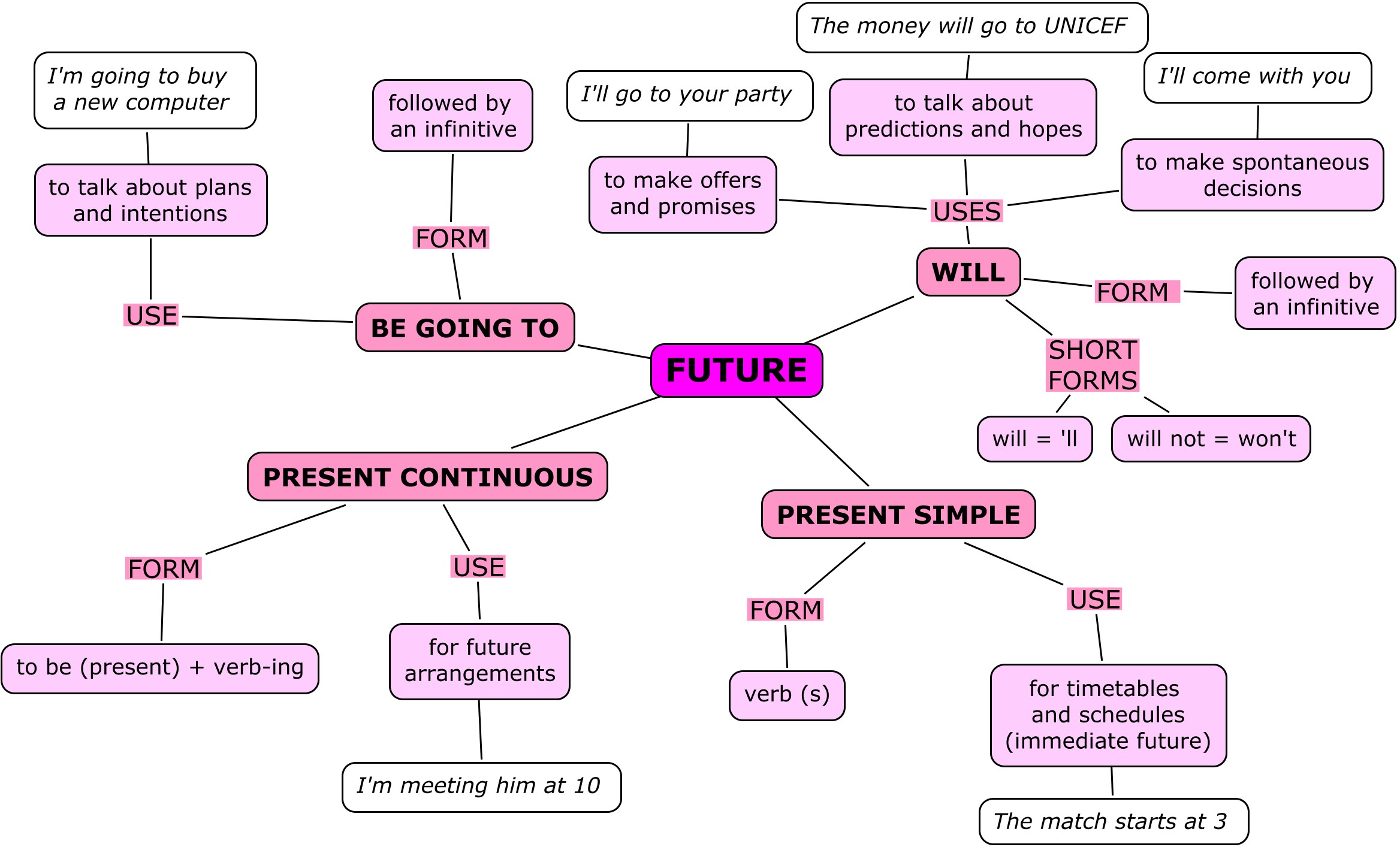Summary of the lesson
The simple future can be tricky for English students to learn because there are so many ways to express the future tense in English. Unlike the simple past, which has one basic form, the simple future can be expressed by using will + base verb, be going to + base verb, or be + -ing verb . Even though it’s a bit tricky, all three uses are common, so students quickly become familiar with the simple future as they learn English.
But what about the future progressive (also known as the future continuous)?
This structure is not commonly used in English, so students don’t come across it very often. However, higher-level textbooks deal with this form, as do tests like the TOEIC. It is also used occasionally in English writing and speaking, so high-intermediate and advanced students need to learn it at some point. Although it is rarely used and thus harder to grasp, presenting the future progressive using the method outlined below will make it easier for students.
Targeted audience:1st year students (preparing their Bachelor Degree)
Global Objectives: This lesson aims to:
1-Recognize 2 types of the future and the difference between them.
2-Encourage students to build and improve their self-confidence through risk taking and carrying out independent tasks and promote self learning, testing and evaluation.
3-Motivate students to use their own intuition and their mental abilities to analyse and comprehend the given lessons and do the exercises.
4-Expose students to using an effective learning strategy through utilizing advanced computing technologies in learning.
The simple future can be tricky for English students to learn because there are so many ways to express the future tense in English. Unlike the simple past, which has one basic form, the simple future can be expressed by using will + base verb, be going to + base verb, or be + -ing verb . Even though it’s a bit tricky, all three uses are common, so students quickly become familiar with the simple future as they learn English.
But what about the future progressive (also known as the future continuous)?
This structure is not commonly used in English, so students don’t come across it very often. However, higher-level textbooks deal with this form, as do tests like the TOEIC. It is also used occasionally in English writing and speaking, so high-intermediate and advanced students need to learn it at some point. Although it is rarely used and thus harder to grasp, presenting the future progressive using the method outlined below will make it easier for students.
Targeted audience:1st year students (preparing their Bachelor Degree)
Global Objectives: This lesson aims to:
1-Recognize 2 types of the future and the difference between them.
2-Encourage students to build and improve their self-confidence through risk taking and carrying out independent tasks and promote self learning, testing and evaluation.
3-Motivate students to use their own intuition and their mental abilities to analyse and comprehend the given lessons and do the exercises.
4-Expose students to using an effective learning strategy through utilizing advanced computing technologies in learning.

- MAB/: GHAMRI NESRINE